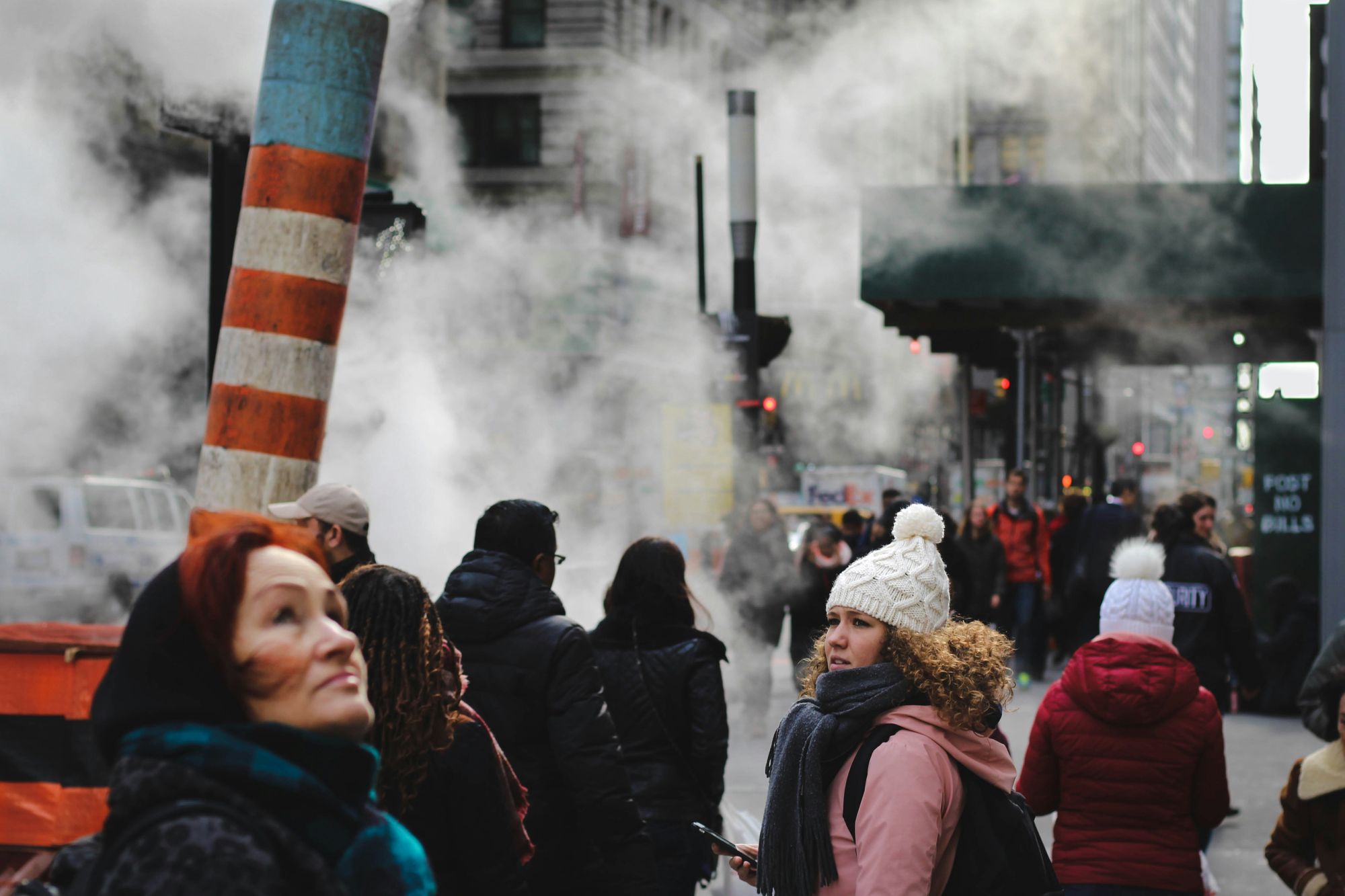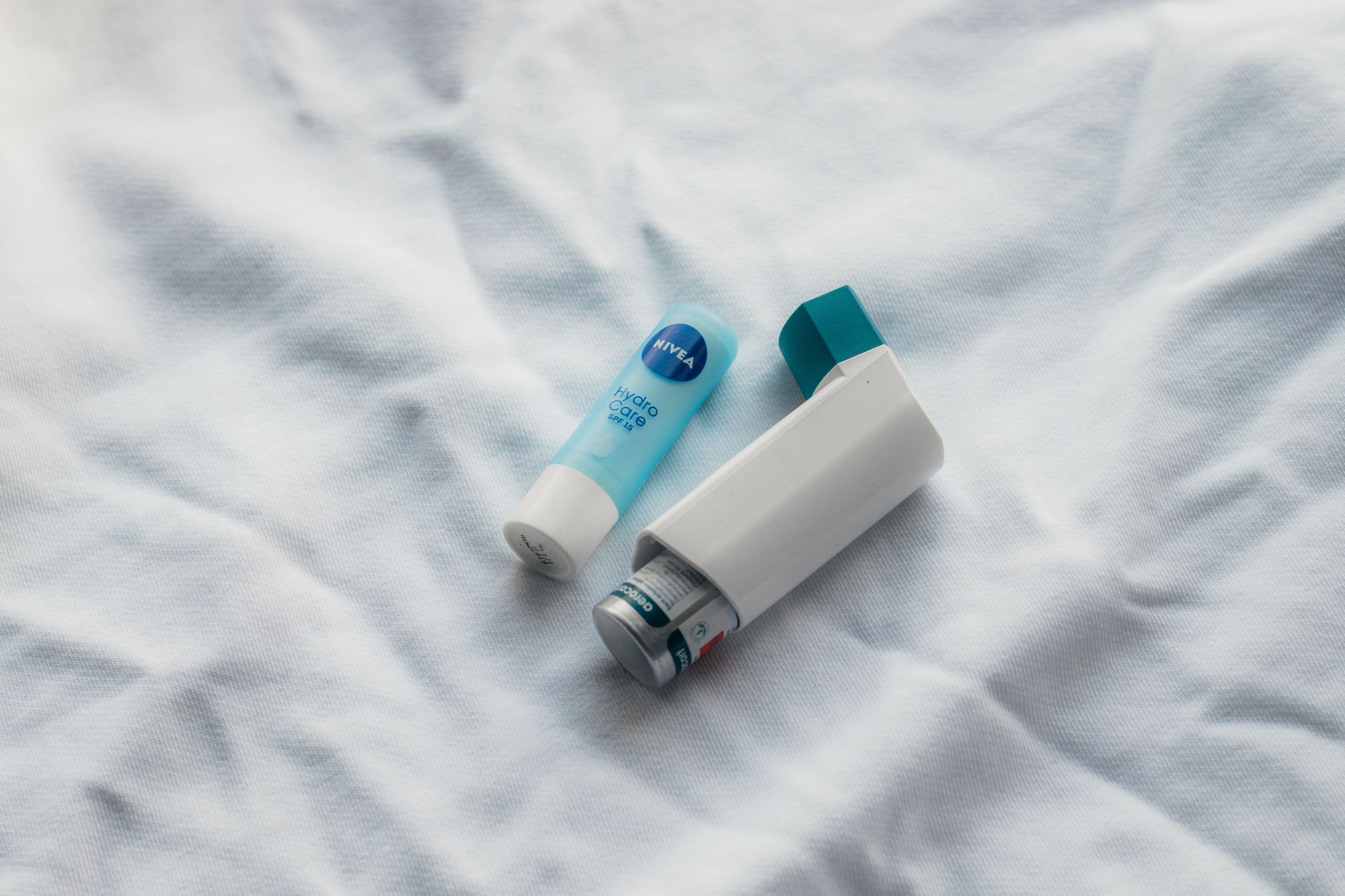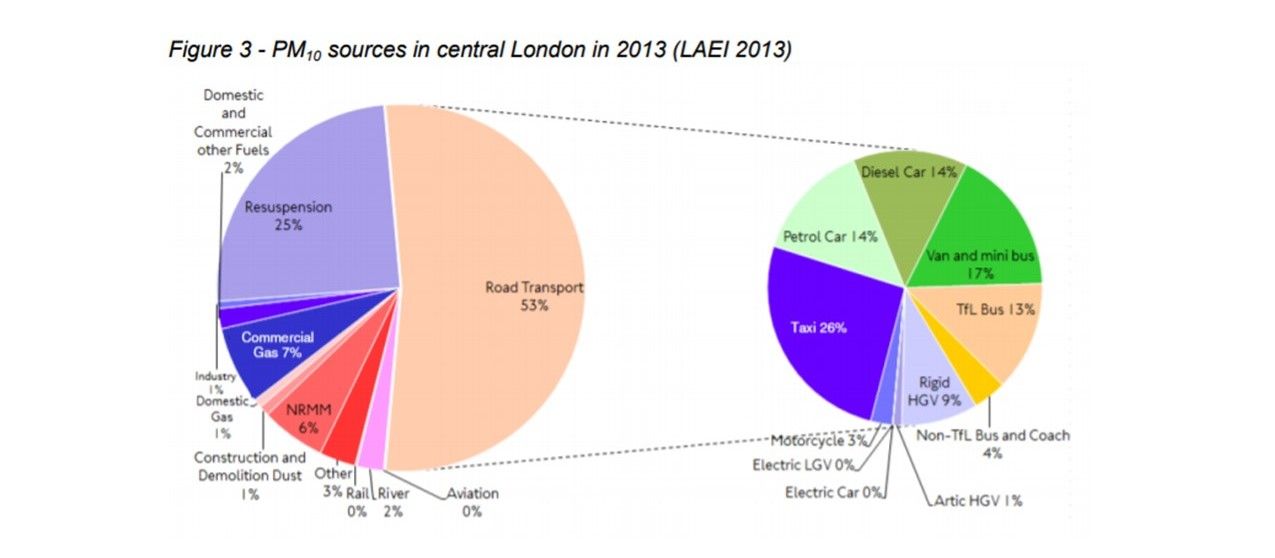There are two main ways in which traffic damages our health: the pollution in the air caused by road traffic, and our over-reliance on cars to get us around.
Pollution
The harm caused by air pollution hit the headlines recently when a coroner made legal history by ruling that air pollution was a cause of the death of nine-year-old schoolgirl, Ella Kissi-Debrah. The coroner said:
she was exposed to nitrogen dioxide and particulate matter pollution in excess of World Health Organization guidelines, the principal source of which were traffic emissions.

Very recently researchers have found evidence that a greater exposure to pollution at the start of life is linked with a detrimental effect on cognitive skills up to 60 years later.
Background to the study: Air pollution has been consistently linked with dementia and cognitive decline. Results of the study: Higher air pollution modelled for 1935 (when participants would have been in utero) was associated with worse change in IQ from age 11–70 years.
Air pollution attacks older people too. Asthma UK recently reported:
Around six million over 65s in England are at risk from asthma attacks and lung damage due to toxic air.

But it's not just our lungs that are at risk. A global review in 2019 concluded that air pollution may be damaging every organ in the human body, as inhaled particles travel around the body and cause inflammation. For example a large UK study found that even a small pollution rise is associated with more cases of age-related macular degeneration (irreversible sight loss).
It is a fallacy that everyone switching to electric cars will solve the air pollution problem. All vehicles, even including pedal bikes, create particle pollutants, from the tyres and the brakes. Emissions Analytics reported:
Harmful particle matter from tyres – and also brakes – is a very serious and growing environmental problem, one that is being exacerbated by the increasing popularity of large, heavy vehicles such as SUVs, and growing demand for electric vehicles, which are heavier than standard cars because of their batteries.
These 'non-exhaust emissions' are completely unregulated.
Non-exhaust emissions (NEE) are particles released into the air from brake wear, tyre wear, road surface wear and resuspension of road dust during on-road vehicle usage. No legislation is in place to limit or reduce NEE, but they cause a great deal of concern for air quality.
NEEs are currently believed to constitute the majority of primary particulate matter from road transport, 60 percent of PM2.5 and 73 percent of PM10.
(Click here for more on PM2.5 and PM10.)
And now there is growing evidence that exposure to toxic air increases the risks from Covid-19. A study has shown that a tiny air pollution rise is linked to 11% more Covid-19 deaths. Now, more than ever, we need to breath clean air.
Exercise
Having a car available to use, parked outside your front door, is bad for your health. "Inactivity is an ongoing pandemic" - is the headline from a Guardian article which refers to research carried out by Sport England, a report in which simple walking is included in the definition of "activity". It goes on to say:
about four in 10 British adults are so immobile they risk their long-term health. Around 25% are almost completely inactive, meaning they exert themselves for less than 30 minutes a week. For children, almost eight in 10 fail to amass the hour a day of movement seen as vital to prime young cardiovascular systems and lay down bone density.
And this graph from the Sport England report shows that for adults the percentage that are inactive has remained static (pun intended) for the last 5 years. If we want to change this we have to do something significantly different.

Early research on LTNs suggests that their impact may be significant enough to shift this difficult to move demographic (pun intended, again). It suggests that LTNs are more effective than other interventions (such as cycle lanes) at discouraging car ownership and encouraging active travel:
There is a consistent trend towards people in the LTN area becoming less likely to own a car … for any past week car use, the largest decrease was the LTN group …. As for minutes of past week car use, the point estimate in the LTN group was always negative and lower than other groups … In summary, there was a consistent trend towards reduced car use among LTN residents …. The consistent pattern is therefore of the largest active travel benefits in LTN areas.
April 2021: We came across a 2018 report by London Councils Demystifying Air Pollution in London which gives the financial costs of pollution to our National Health Service:
The estimated economic costs on the health system in London of air pollution have been calculated at between £1.4 billion - £3.7 billion per year – and this only reflects PM and NO2 16. Other less understood impacts of air pollution could also push this figure upwards.

Sources
Note: each of the Guardian articles provides links to its sources - the scientific reports.
Guardian article on coroner's ruling on Kissi-Debrah death
Research report: Life Course Air Pollution Exposure and Cognitive Decline
Guardian article on the above Review
Guardian article on the sight loss report
Emission Analytics: Pollution from Tyre Wear 1,000 times Worse than Exhaust Emissions
Smart Air: PM2.5 vs. PM10: The Difference in Particle Air Pollution
Guardian article: Air pollution roars back in parts of UK, raising Covid fears
Guardian article: Inactivity is an ongoing pandemic








